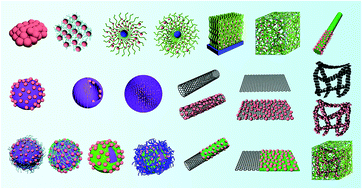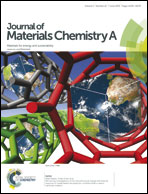Synthesis and stabilization of metal nanocatalysts for reduction reactions – a review
Abstract
Since the fast development of various chemical industries nowadays poses a serious threat to the environment in terms of leaving behind an increasing quantity of aromatic pollutants, to find an effective approach for handling aromatic pollutants is of growing scientific and technological importance. Numerous research studies have attempted to address the environmental problems caused by aromatic pollutants with much attention to water-soluble aromatic dye and nitro compounds. In particular, the catalytic reduction of dye and nitro compounds over metal-based catalysts has gained much interest in these years. However, review studies are rarely reported that summarize the contributions in this hot research area. Herein, we perform a review study to summarize these contributions, to discuss the existing problems, and to offer guidelines for future exploration; in the meanwhile, other methods for processing aromatic pollutants are also briefly introduced. It is well known that the reduction reaction is highly dependent on catalysts since the reaction between an aromatic compound and a reducing agent either cannot take place or proceeds very slowly if without the assistance of a catalyst. As a result, this review article pays special attention to the widely reported metal-based catalysts for the reduction reaction. These catalysts are categorized into different groups on the basis of the stabilizing systems utilized for synthesis of metal catalysts, mainly including surfactants/ligands, polymer supports, unmodified inorganic supports, functionalized inorganic supports, and organic combined with inorganic supports. As an important material in science and technology, especially in the field of catalysis due to its unique 2D structure and remarkable physicochemical properties, graphene used for supporting and stabilizing metal catalysts for the catalytic reduction reaction is specifically reviewed and summarized in the article. Finally, the remaining problems associated with the design and fabrication of cost-effective, efficient, and durable metal-based catalysts for aromatic pollutant reduction are outlined.


 Please wait while we load your content...
Please wait while we load your content...